Comment
The communication imagined and proposed by Francis is at the service of the culture of the encounter. It outlines the act of reaching out to others, being open to make room for them and welcoming their mystery. It speaks about giving and receiving. In a word, it reaffirms reciprocity

“In and of itself, reality has no one clear meaning. Everything depends on the way we look at things, on the lens we use to view them”, Francis writes.
The lens. Before an avalanche that engulfs dozens of human lives, we can pour out our indignation on social networks or on television. Polemical lens always have at hand the list of the delays and of the culprits to be exposed to public shaming. There is an arrogant, denigrating short-sightedness that doesn’t hesitate to make an instrumental use of the victims and speculate on human suffering, to the point of dirtying the snow with the slime of propaganda. Little does it matter if it will extend the scope of the tragedy, if it will intensify the dismay and the mistrust: everyone is cast under a negative light.
The lens. Before an avalanche that engulfs dozens of human lives we can – regardless of prohibitive conditions – roll up our sleeves, take a shovel, in silence, together, moved by tears and by courage, wrapped up in the embrace of a whole Country. Perhaps the greatest miracle lies precisely in the fact of realise that we share the same destiny, members of a community driven by the same desire of redemption and renaissance, which extends beyond the present emergency.
The lens. Different gazes trigger different answers that are bound to remain distant from each other. How distant is indifference from involvement, sloth from service, accusations from self-giving.
In the context we live in we have already seen everything, reached as we are by a bulk of information that we don’t know how to handle and that often prevents us from seeing, from knowing, from understanding. Those who are capable of recognizing that there is another thread that weaves the history of mankind – too many times written with the voices of the warriors – stand out and fascinate us. It’s the hope that shapes masterpieces; as the Pope says, it is “reprinted in many editions in the lives of the saints”, which makes that same history holy.
For Christians, the gaze on reality stems from the Gospel: it doesn’t pour out when it is ordered to. Reading the unfolding of events through the eyes and with the heart of the Resurrected, until tomorrow’s wheat is envisioned even in full winter, requires humble and patient faithfulness.
It’s the wisdom that has nothing to do with “a naive optimism blind to the scandal of evil”; in fact, it puts the spotlight on contradictions and responsibilities, highlighting their load. It teaches us to distinguish; to call things by their own name, to overcome stereotypes that prevent us from drawing near others. It doesn’t raise walls. It builds bridges.
It is no coincidence that the communication conceived and proposed by Pope Francis is at the service of the culture of the encounter. It tells us to reach out to others, to be open to make room for them and welcome their mystery. It tells us to donate and to receive. In a word, it proclaims reciprocity.
Digital platforms and devices disproportionately expand the possibility of listening, of speaking, of sharing. Those who accept to set sail and leave their safe harbour carried by the wind of the Spirit, place the conditions to “shine like beacons in the darkness of this world.” It is thanks to them, as today in the heart of the Gran Sasso mountain, “every new tragedy that occurs in the world’s history can also become a setting for good news, inasmuch as love can find a way to draw near and to raise up sympathetic hearts, resolute faces and hands ready to build anew.”